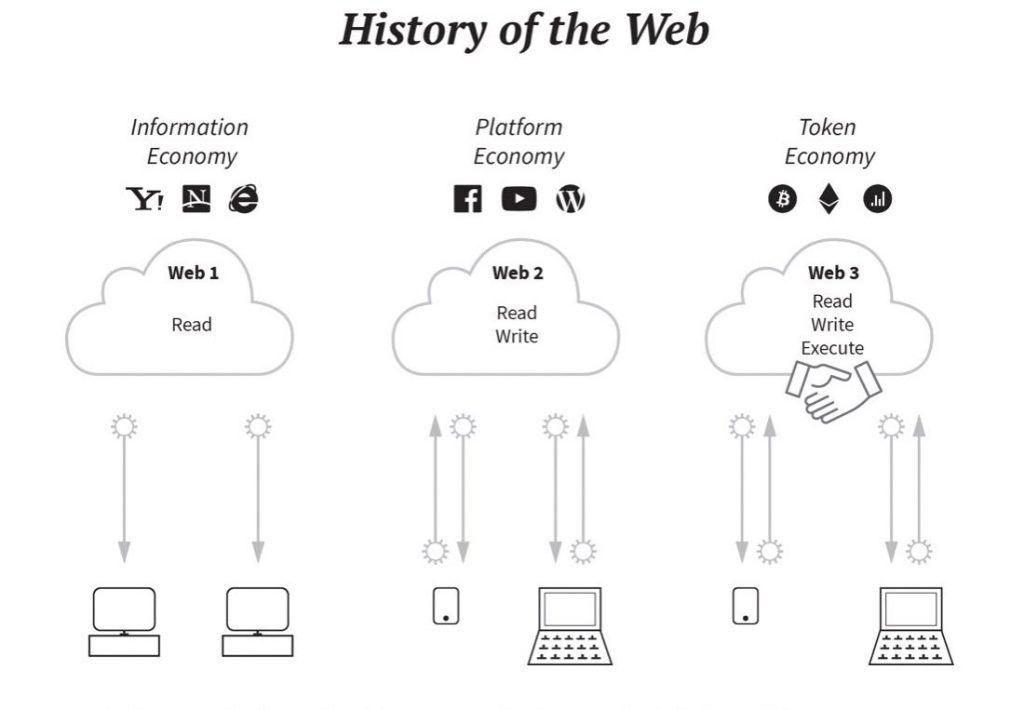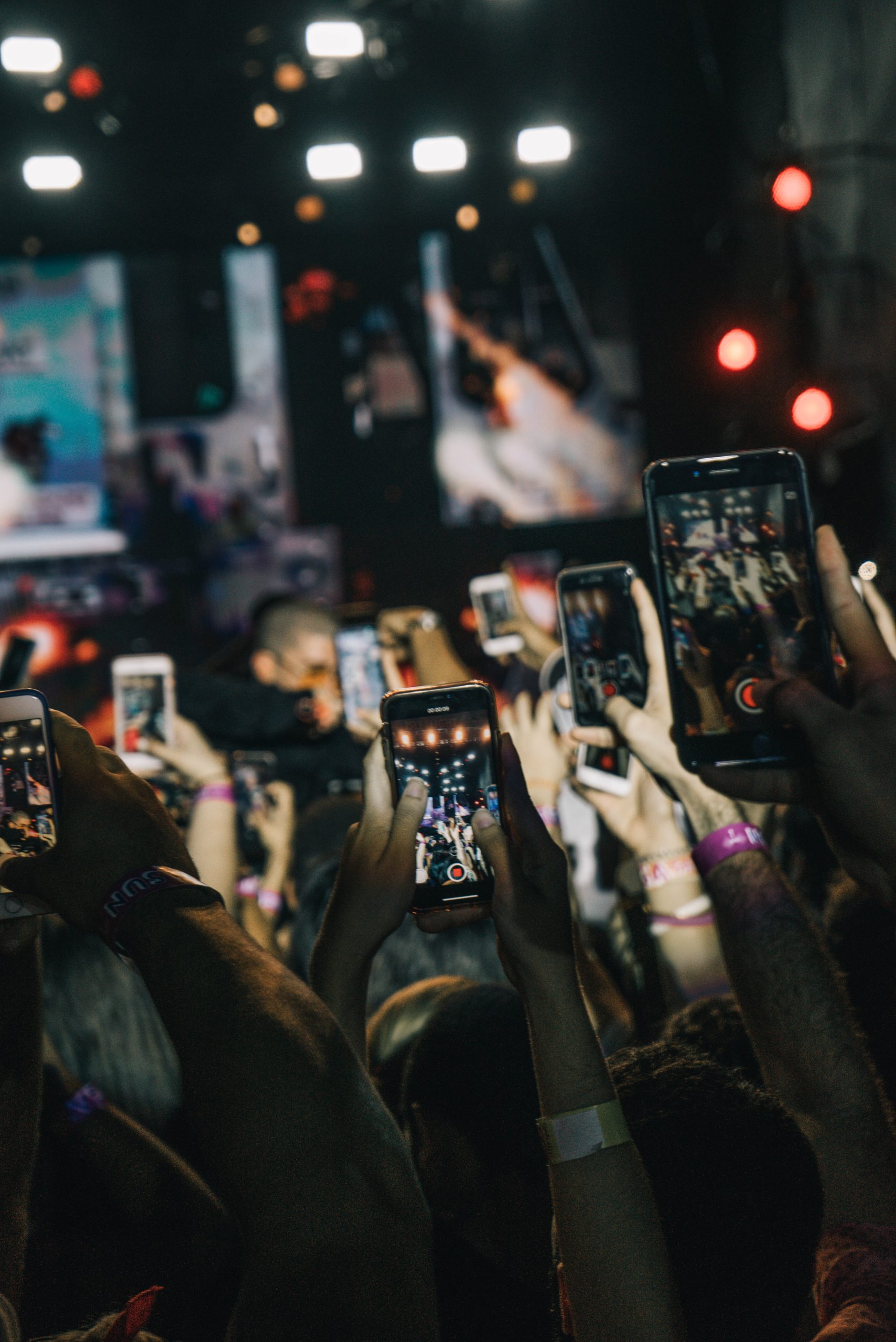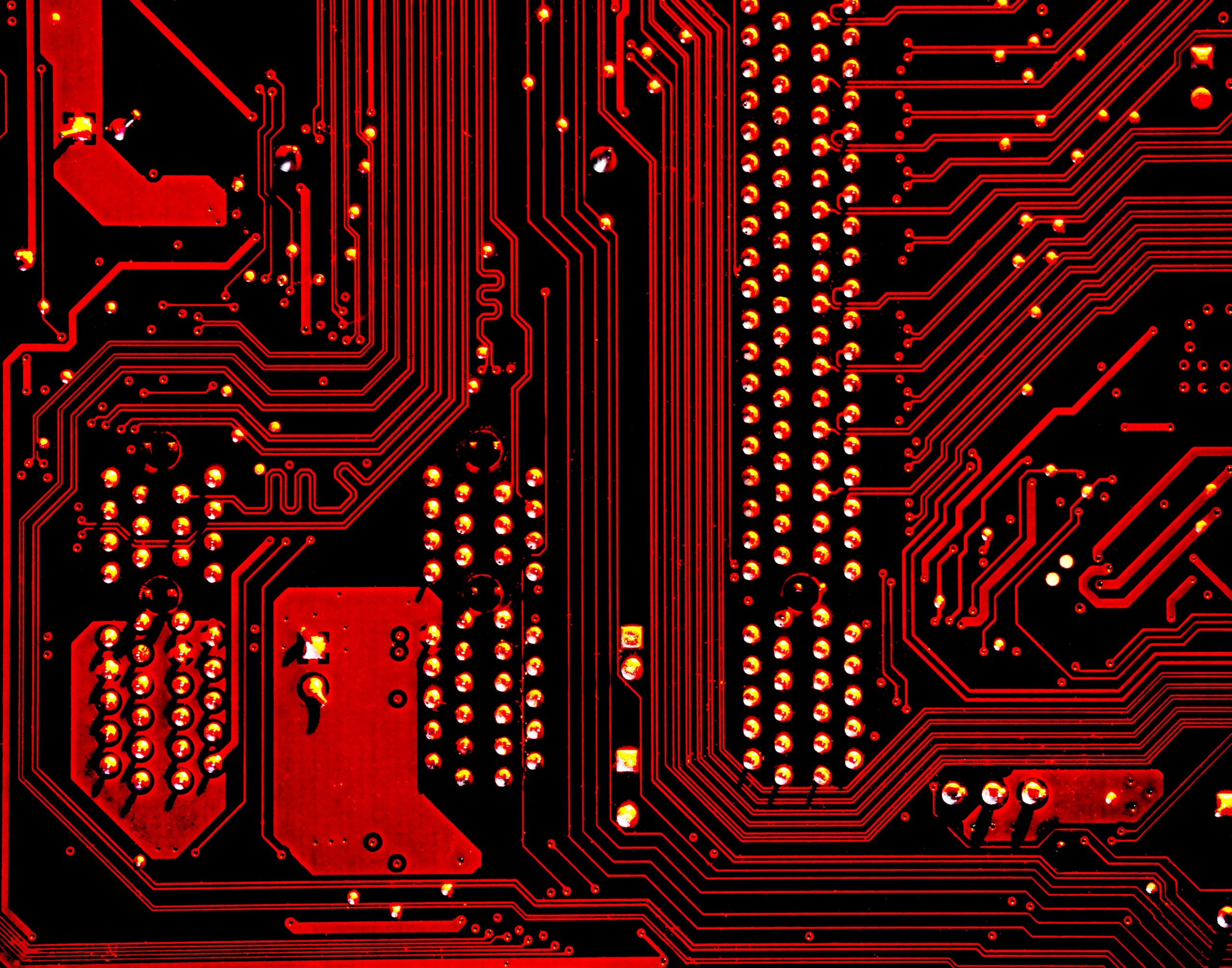Having spent the last decade on the front lines of corporate marketing, I have had to become comfortable with the notion that social media is a mirror of humanity. It brings to light the best and worst aspects of the human condition. But it also serves as an exploitable reality for marketers to harness for the benefit of brands and shareholders.
Social media from the web2 phase of the Internet made us comfortable putting ourselves online. I remember concerns during early days of the platforms – “why would someone put all this personal information online?” and “are you concerned that thieves will use all this information only you would know?”. Therefore, the platforms were popularized originally by younger people and the rest of us dabbled.
Over time, people became more comfortable. Social networks became the “town square” – a place where it was reasonable to discuss politics – something our parents and grandparents would never do publicly. And after that became somewhat tiresome, we started using social networks and online forums to find our people – others who share similar interests. Messy as that was at times, I think that was ultimately a good evolution. We self-selected into communities of interest, one Facebook group or online forum at a time.

Take for example your author. I am fascinated by web3. I’m a devoted spouse and father, and I get a kick out of coaching my daughter’s sports teams. I love the infectious energy of new startups and have advised and invested in many. I enjoy golf as a mid-handicapper and play old man basketball. I’m Catholic. I’m an alumnus of the University of Texas and Microsoft. I grew up in Louisiana and have been a lifelong fan of LSU sports. I live in Austin and have resided here most of my professional life. I’m a junkie for macroeconomics. Now just about all of this is listed on my Twitter profile. I participate in communities from time to time pertaining to all my interests – passively reading and listening to podcasts, and actively contributing to web forums, Facebook groups, and Twitter discussions. This combination of my interests is probably unique to me. No one interest defines me but the combination does. One person, 14 communities of which I participate at various levels and belong. Web2 was about taking that BELONGING online.
It isn’t enough to simply belong, however. Members of affinity groups learn from the sharing of content and each other. We react to current events, news, sports, tragedies, the arts, human interest stories, and redemption stories. We have opinions that have become “our truth”. We react to other peoples’ opinions. Sometimes, we work out our own opinions in the heat of the moment in the back and forth of internet conjecture. Wherever we are with our convictions, engaging in SELF-EXPRESSION became critically important in web2.
Many of you who have used Facebook and Twitter over the past decade are well aware of the temporary profile picture. These are usually adopted during or after a major event such as a political campaign, a tragedy, or a noteworthy news event where people need support. Temporary profile picture frames are frequently used to communicate support for a cause but also serves to communicate VALUES – that a person identifies him/herself as being aligned with particular values. It can even be noteworthy in social circles when someone *does not* participate in something as benign as a temporary profile picture – as if the choice of values is determined by such participation or lack thereof. What we do publicly and online communicates our allegiances in the web2 world.
The groups to which we belong, how we express ourselves in our communities, and our values have been communicated largely online, publicly on social media over the last decade. Balaji Srinivasan, former CTO of Coinbase, entrepreneur, and investor says, “we have more in common with random people we’ve never met online than we do with our neighbors.” Social media and web2 allowed us to participate in communities that make up a part of us and established PEER GROUPS that transcend physical location. Simply log into your device and interact with strangers turned friends.
Now what does all this have to do with NFTs, non-fungible tokens?
NFTs are all forms of digital property that are unique. Unlike images that are easily copied on the internet today, NFTs live on the blockchain and include unique identifiers serializing the content and identifying its owner. NFTs enable “digital scarcity”, a problematic concept in the first two phases of the web. Because it’s so difficult to hack the blockchain due to its decentralized nature and redundancy, it’s conversely easy to secure digital content and ownership.
Today, NFTs are self-expression that someone belongs to “the web3 world”. For those who own NFTs and display them, NFTs are a signal to peer groups that a person has enough ETH (Ethereum) or fiat currency to spend extravagantly on a profile pic. These early adopters tend to be the younger and more tech-savvy segments of the Internet population at large.
NFTs are bought today for similar reasons to why people wear Rolex watches or drive Lamborghinis. Sure those brands have utility, but you could get that same or better utility for far less money elsewhere. Those brands are status symbols today not unlike a Bored Ape. The Bored Ape is the modernized Rolex or Lamborghini.
But in a practical sense, NFTs represent a tremendous opportunity today for marketers. Over and above the vanity of being a top influencer or supporter of a brand, marketers can use NFTs for creating campaigns with digital scarcity and promotional benefits. NFTs are the new fan club, featuring a new, immutable ID card that gets the consumer “inside the velvet ropes.” In that sense, NFTs are simply an extension of the web2 “social era”. They leverage belonging, self-expression, and the values and peer groups to which we belong and have become accustomed.
Join the Catalyst Monitor
Join our community, where we push out regular insights to help maintain situational awareness on technological and socioeconomic trends.



